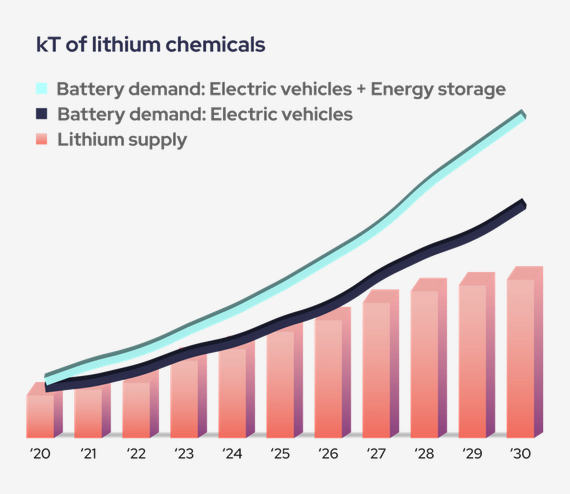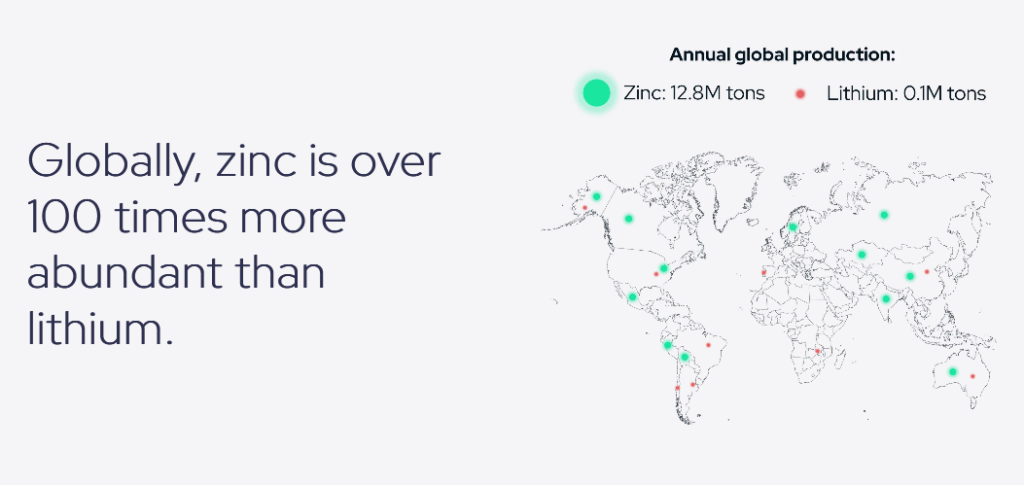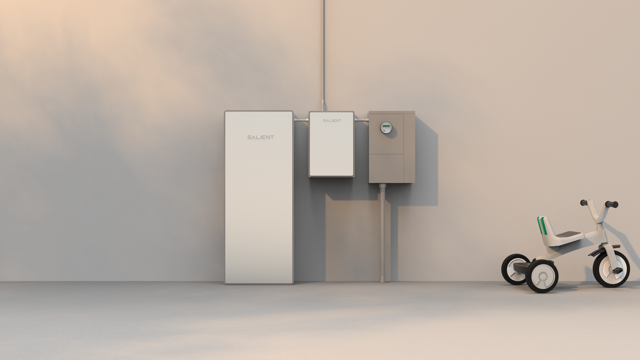Lithium-ion technology has long been the gold standard for rechargeable energy storage systems, but the lithium supply chain in the United States and worldwide is inadequate. This opens the door for other systems to enter the market.

The most recent advancement in this regard comes from the Canadian business Salient Energy, which is offering a new zinc-ion battery that uses plentiful ingredients that are available in the United States.
Salient Energy batteries do not utilize lithium, cobalt, or nickel. The zinc and manganese are sourced in North America. In addition, the risk of fire is eliminated. The manufacturing process emits 66% fewer greenhouse gas emissions than the process that makes lithium-ion batteries. And oh, yeah, they cost less as well.

Salient claimed on October 19 that its “safe, non-flammable, sustainable battery meets UL testing requirements and provides a drop-in alternative for lithium-ion systems in residential and commercial energy storage applications.”
The test in question is UL9540A, which is Underwriters Laboratories’ fire safety standard for energy storage devices. This thorough testing revealed that even when subjected to intense heat, piercing, or overcharging, zinc-ion cells do not develop thermal runaway or release hazardous or explosive gases.

The California Energy Commission also provided Salient with $1,583,125 in assistance. This funding will enable Salient to engage a team of engineers to develop and build zinc-ion domestic energy storage systems as an alternative to lithium-ion.
This is a Globe PR Newswire Feed; researched and edited by Clean-Future Team






